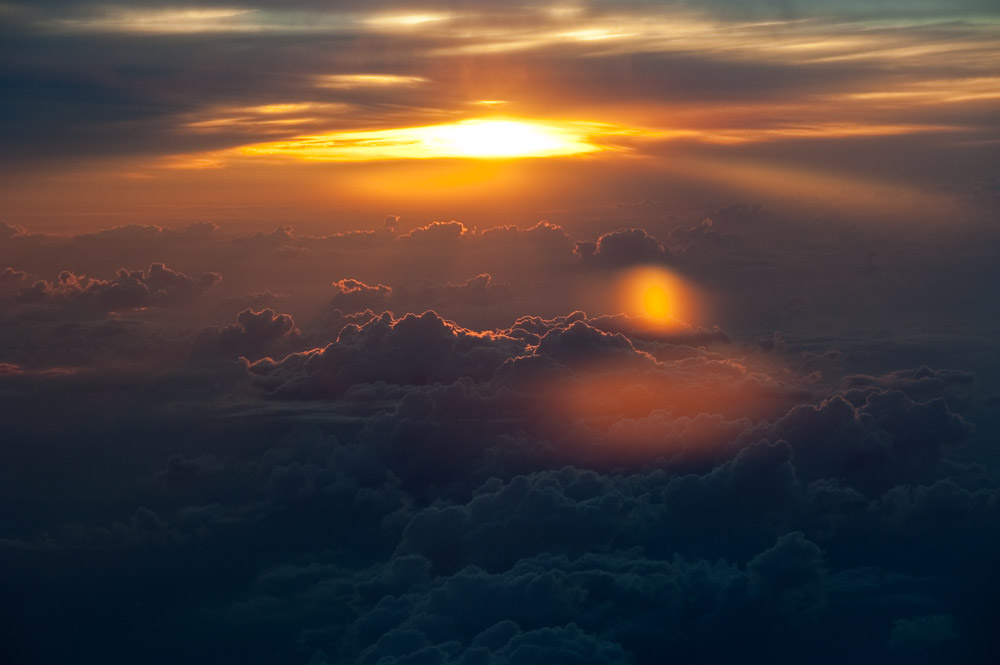There is only one thing stopping us from being an artist. We need to give ourselves permission to call ourself an artist. No one else has the authority to do it.
Who regulates “art”?
Who regulates art? Maybe that seems like a silly question, but many of us are hesitant to call ourselves an artist because we have not been officially designated one by some standards board. We haven’t received our certificate.
I don’t know if it is good or bad, but that standards board does not exist. The certificate does not exist, and if it did, it would be meaningless.
Many people and organizations want us to think they are the keepers of the purity of the arts. But they only have authority as far as they can convince other people they have it.
The gatekeepers, whether they are large galleries, or internet influencers, or art schools, or even your local camera club, have no authority to control what is art and who gets to do it.
Who is keeping you from being an artist?
I believe many of us are afraid to consider ourselves an artist for fear that someone will come and say no, we are not qualified. We are afraid we would be publicly humiliated and denounced as not good enough. We did not pass the qualifications. By calling ourselves an artist, we might fear we are elevating ourself to a higher plateau.
Well, we are. But that is a good thing.
This is art, not brain surgery. We do not have to go to school for 12 years then do years of apprenticeship before going before a review board to grant us a license. I’m glad they train doctors like that, but it is not a good model for artists.
The best definition I can remember of art is that anything done as art, is art. So, if you intended that image to be art rather than just a selfie or record shot, then it is art. No one can say it is not.
That no way says that if you intended it to be art then it is great art. Its quality depends on many factors, including your skill and maturity. We learn and improve all our life.
 ©Ed Schlotzhauer
©Ed Schlotzhauer
Photographer or artist?
So, when someone asks you what you do, what is your answer? Are you an artist, or a photographer, or do you respond with something vague like, “oh, I like to take pictures”? How you answer and view yourself is your business. But what is keeping you from considering yourself an artist?
I recognize that if we announce ourselves as an artist, we are claiming greater mastery. We present our work and ourselves in a different light. In a different way. Those of us who are introverts get nervous about that. We do not seek attention,
The reality, as I see it, is that it is not about ego or skill level. If we believe we are doing art, we should confidently assert to the world around us that we are artists.
 ©Ed Schlotzhauer
©Ed Schlotzhauer
Prove it
Some people are born salesmen. They try to talk the talk without learning how to walk the walk. I do not think that is the case for you who read this. You understand that you must prove what you can do, who you are as an artist. And that is what we do with every image we show the world. It is just as important, if not more important, to prove it to ourselves.
How do we do that?
John Paul Caponigro said “Singular images prove your craft. A body of work proves your artistry.” I think there is wisdom in that.
When you go through your catalog critically, do you find images you would show anyone, anywhere without fear of ridicule? If you find a few, great. You are learning the craft and starting to produce interesting work.
Have you, or can you, put together one or more projects around a theme? A good project would have 10-20 excellent images showing cohesiveness and consistency. This demonstrates your ability to create a body of work.
A single great image may be luck. A good body of work proves you can repeat it. That you are can create regularly and to a consistently high level of quality.
This is certainly not the only way to prove your mastery, but it is a good way. Give it a try and you might surprise yourself.
If you have proved to yourself that you are an artist, do not be afraid to take the label for yourself. Say it proudly. You have given yourself permission. You are the only one who matters.




 ©Ed Schlotzhauer
©Ed Schlotzhauer ©Ed Schlotzhauer
©Ed Schlotzhauer ©Ed Schlotzhauer
©Ed Schlotzhauer ©Ed Schlotzhauer
©Ed Schlotzhauer
 ©Ed Schlotzhauer
©Ed Schlotzhauer ©Ed Schlotzhauer
©Ed Schlotzhauer ©Ed Schlotzhauer
©Ed Schlotzhauer ©Ed Schlotzhauer
©Ed Schlotzhauer
 ©Ed Schlotzhauer
©Ed Schlotzhauer
 ©Ed Schlotzhauer
©Ed Schlotzhauer ©Ed Schlotzhauer
©Ed Schlotzhauer
 ©Ed Schlotzhauer
©Ed Schlotzhauer ©Ed Schlotzhauer
©Ed Schlotzhauer ©Ed Schlotzhauer
©Ed Schlotzhauer ©Ed Schlotzhauer
©Ed Schlotzhauer